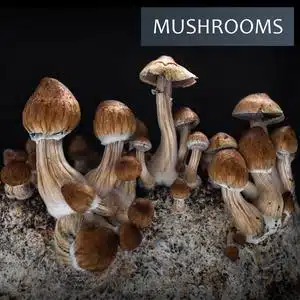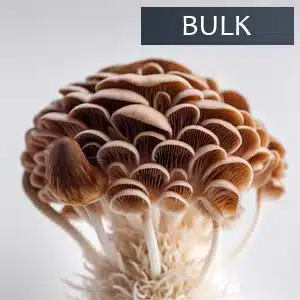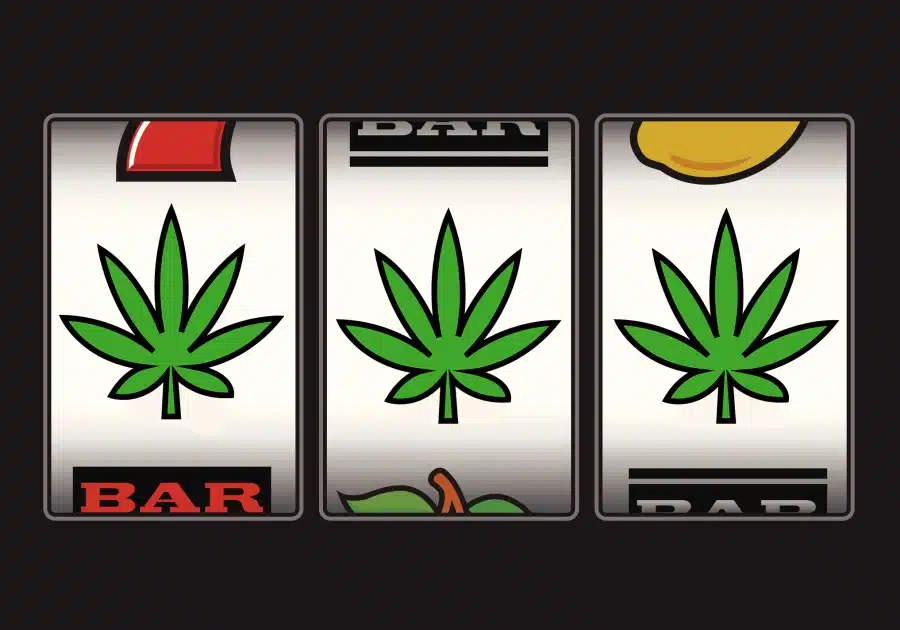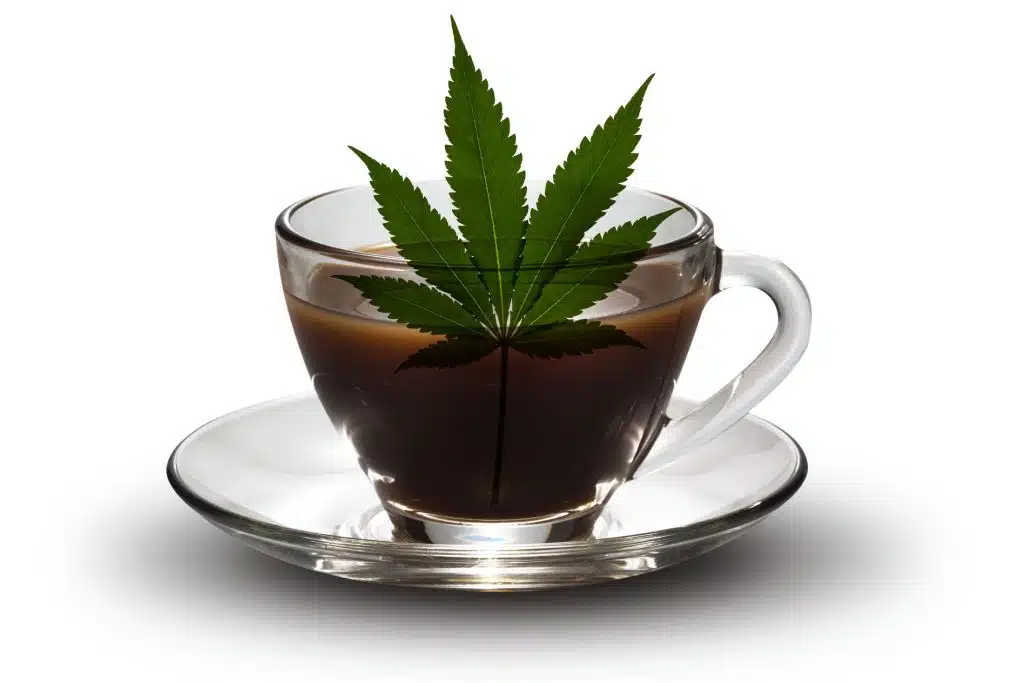Weed Market Forecasts In Canada
Looking at the Canadian marijuana market, it’s hard to tell what’s going to happen. There have been so many changes since legalization. Right now, it’s raining in Vancouver, but that might not last. In this industry, there are a lot of different trends and players. If you want to know what’s going on, you need to learn about the Canadian marijuana markets. They’re as diverse and mysterious as the marijuana plants themselves.
Marijuana was legalized to create the world’s first major legal market for marijuana in all its forms. There are many opinions on what is the most important facet of legalization, but the fundamental right to access medicine is the most important to many Canadians. This unique opportunity to be the world leader in the cannabis forum is also important to many Canadians, as is the chance to wrest control of this one-of-a-kind plant from the hands of criminals. Without legalization, Canada could have staggered into 2019 with the same situation as its southern neighbors, the United States. Canadians chose to push for legalization and followed through with the industry, because many people in this country understand the importance of keeping progressive ideas moving in the right direction.
In today’s political and social climate, it can be difficult to know what is “true” and what is “false” – especially when it comes to the issue of cannabis. But despite the many uncertainties, there are signs that the legal marijuana market is growing, and will continue to do so in the future. In this article, we’ll take a look at the classifications of cannabis, as well as some of the growing trends that are likely to dominate the Canadian cannabis story in the years to come.
What Is Cannabis?
Cannabis is a plant species in the family Cannabaceae. It includes three primary subspecies: Cannabis sativa, Cannabis indica, and Cannabis ruderalis. Cannabis has been used for a variety of purposes, including for its medicinal and recreational effects. It is also known for its psychoactive compounds, such as tetrahydrocannabinol (THC) and cannabidiol (CBD).
What Is THC?
Tetrahydrocannabinol (THC) is a psychoactive compound found in the cannabis plant. It is responsible for the “high” commonly associated with cannabis use. THC acts on the cannabinoid receptors in the brain, which are involved in the regulation of mood, appetite, and other cognitive functions. The amount of THC in cannabis varies depending on the strain, with some strains having higher levels of THC than others.
Cannabis Products in the Provinces & Territories
When it comes to cannabis in Canada, there is a lot of variability in consumer behaviors. There is a lot of diversity in the preferences of Canadians for cannabis flowers in provinces like Quebec and BC, while Ontario or Alberta show some of the largest marijuana concentrates consumption data. Each province and territory has its own unique cannabis culture that dictates its cannabis economy or shows an impact in societal or political terms. For example, in British Columbia, or “Bud Country” as BC is often dubbed by cannabis consumers, there are a lot more personal cultivators than is typical in other provinces. This could provide some reasoning for why cannabis sales at the retail level are not as large as originally forecasted. Many British Columbians have greater access to cannabis cultivation space, equipment, and know-how, therefore many of the Federal cannabis market issues of high prices, lack of supply are being supplemented (if not outright replaced) by personal cultivation or medical licensed cultivation.
With sales of $2.5 million in Q3 2019, BC is clearly trailing behind other provinces in terms of cannabis sales. However, when you take into account BC’s high cannabis consumer markets and the fact that many residents have medical licenses for cannabis, it’s difficult to say whether or not the province is actually doing poorly in terms of cannabis sales.
There is still a lack of reliable data when it comes to the cannabis market, so it’s difficult to make accurate predictions about sales or consumer trends. However, looking at just one class of cannabis does not give a full picture of the market, because criminal organizations don’t report accurate statistics. Furthermore, industry trends can be useful in predicting consumer behavior. However, it will take years for market research to catch up to the current state of the cannabis market. In addition, there are some caveats to consider when looking at market data. For now, we’ll focus on trends in cannabis flowers, cannabis oil, and plants and genetics.
There are a lot of cannabis producers in Canada, and each one has different regulations that affect how they produce the drug. Provincial rules about the sale of cannabis, as well as municipal rules that apply to big LP’s and micro-cultivators alike, can impact how a licensed producer grows. Out of 246 licensed producers in Canada, Ontario has the most (112), followed by BC (56), Alberta (29), Quebec & Saskatchewan (17 each), and the remaining provinces (42) have 10 or fewer producers.
Cannabis Flower Stats And Trends In Canada
Since legalization went into effect last October, the number of licensed cannabis cultivators has increased by nearly 50%. This shows the steady growth of the industry, and proves that the legalization of cannabis is a success.
Cannabis companies are struggling to meet the demand for their products, as well as facing quality and supply issues. This has led to stock prices for these companies plummeting in recent weeks/months.
Looking at the original sales forecasts for the cannabis industry and comparing them to actual sales figures today shows that the “devaluation” of cannabis’ biggest players is justified. In 2018, Deloitte projected cannabis sales in Canada around $7 Billion for 2019. However, total legal cannabis sales for the entire country reached $700 Million this past October (2019), meaning that Canada as a whole is $6 Billion Dollars short of these estimates. This gap between what was expected and what was actually produced and sold shows that both producers and retailers are not adapting to market conditions well. The Federal government’s involvement with both producers and retailers deserves some of the blame for not adapting to market conditions.
Conclusion
If you are interested in cannabis and THC products, check out Ganja West online dispensary at ganjawest.co!

















